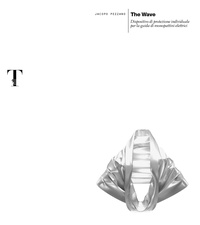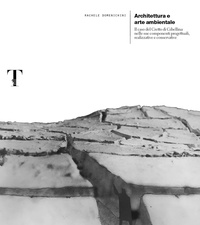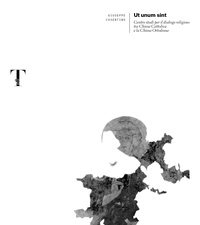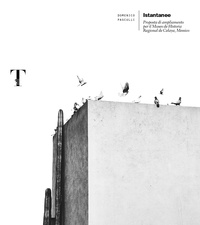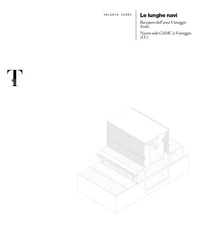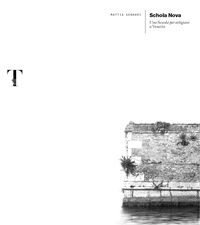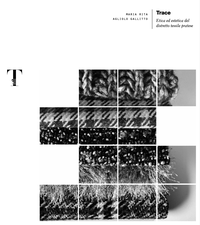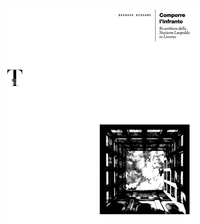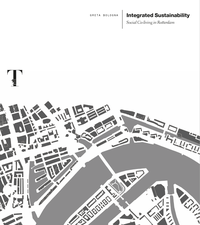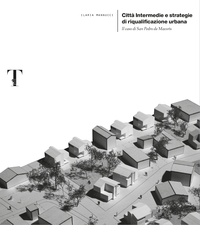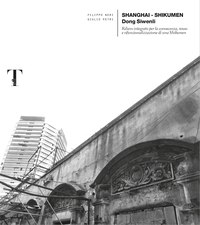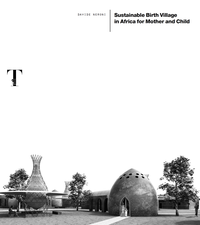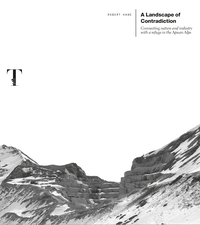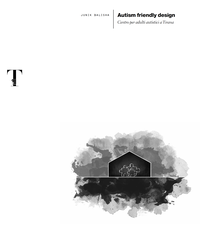
Collana Tesi
A Landscape of Contradiction
Connecting nature and industry with a refuge in the Apuan Alps
Robert Kane,
didapress
inglese
24x27 cm
64 pagine/pages
ISBN 978-88-3338-021-6
© 2018
Robert Kane
Providence, United States, 1987, architect. Studied at the School of Architecture of the Università degli Studi di Firenze, graduating in 2015 with Giulio Giovannoni and Giuseppe Ridolfi. He now operates his own practice based in Florence, Italy.
The landscape of the Apuan Alps tends to disorient first-time visitors, its graceful mountain peaks sharing space with open-pit marble quarries, from which white blocks flow in a steady stream to the cutting and shipping facilities on the coast. Only a schizophrenic culture could permit both of these opposing conditions to exist simultaneously, with hundreds of quarries op¬erating within meters of environments that are protected from any form of human use. This unusual setting is used to start a conversation about living in a world entirely reshaped by human intervention, while sharing a culture that holds the natural, unmodified environment in high regard. The aim of this thesis project is not to resolve or to eliminate any contradictions, but rather to take a deeper look at what our particular moment in history and space has to offer. We analyse the spatial and sensorial experience of the Apuan Alps in a manner that attempts to completely suspend judgement. A particular quarry, Cava Piastramarina, is identified as emblematic of the entire area, and we propose to use it as part of an architectural proposal. In essence, the Apuan Alps are already a complete and compelling work of landscape architecture: the proposed construction is aimed at making this evident and accepted. So the focus switches to an architectural proposal: a mountain refuge built within the gaping maw of a marble quarry, integrated into the stone cliffs left behind by the mining process. We consider what the very idea a refuge structure would become in this new, post-natural world, and conclude that it would be a mixture of the banal and the absurd, simple accommodations contained within a structure that uses the mutilated terrain as a construction element. With this device, the fragmented landscape is reconceived as one entity, and thousands of years of conflicting ideas are, briefly, at peace.











